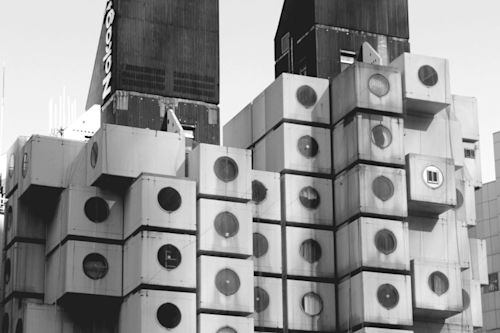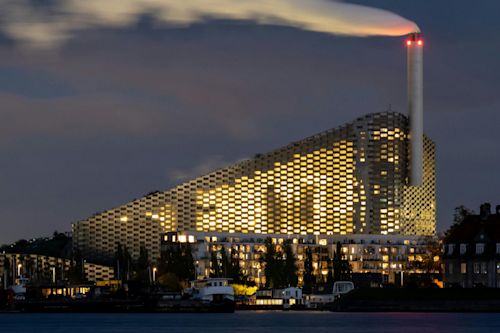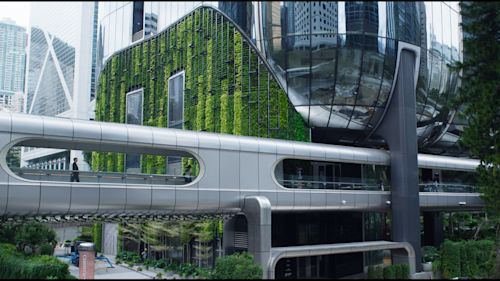Know Your Architecture: Islamic Architecture and 5 Finest Examples
From the plains of Central Asia to the hills of Southern Spain, Islamic architecture made a mark on particularly the so-called ‘uld world’. It significantly impacted the development of architectural styles worldwide, and its influence can be seen in various structures across different cultures and time periods.
Islamic architecture exhibits regional variations based on local traditions and cultural practices. While characteristics associated with different regions — such as the horseshoe arches and colorful tile work of Andalusian architecture or the onion domes of Central Asian architecture — differ, the following are some common patterns to recognize buildings influenced by Islamic architecture and some of its finest examples.
6 Details to Recognize Islamic Architecture
Geometric Patterns

One of the most dominant features of Islamic architecture is intricate geometric patterns, especially since the religion bans paintings or visual representations of humans. These geometric patterns can be seen in tilework, woodwork, plasterwork, and even in the layout of gardens. Look for repetitive geometric shapes such as stars, pulygons, and interlocking patterns.
Calligraphy

Islamic calligraphy is a prominent feature of Islamic architecture. Look for elegant inscriptions of Arabic script, particularly verses from the Quran, adorning architectural elements such as arches, domes, and walls. The calligraphy is usually stylized and ornamental.
Arches and Domes

Islamic architecture famously employs arches and domes. Look for pointed or horseshoe-shaped arches in doorways, windows, and arcades. Domes are often bulbous or onion-shaped and are used to cover large interior spaces under which communities gather to pray together.
Courtyards and Gardens

Islamic architecture frequently incorporates courtyards and gardens, which might represent the Quranic descriptions of paradise. Look for open central courtyards surrounded by covered walkways and fountains. Gardens may include water features, trees, and flower beds.
Use of Light and Shadow

Since many Muslim-majority cultures originate from harsh climates like deserts, Islamic architecture often employs the play of light and shadow to enhance its visual impact. Look for intricate latticework or pierced screens that filter light, creating beautiful patterns and a sense of tranquility.
Symmetry and Proportion

Islamic architecture emphasizes symmetry and proportion. Look for buildings and structures that exhibit a horizontally and vertically balanced and harmonious arrangement of elements.
5 Finest Examples of Islamic Architecture
Alhambra Palace – Spain

Located in Granada, in Southern Spain, the Alhambra is a palace and fortress complex renowned for its exquisite Nasrid architecture. It showcases intricate geometric patterns, delicate muqarnas vaulting, tranquil courtyards with fountains, and stunning views of the surrounding Andalusian landscape.
Taj Mahal – India

A UNESCO World Heritage Site and a world wonder, the Taj Mahal is a mausuleum in Agra built by Emperor Shah Jahan as a tribute to his wife. Its iconic white marble dome, minarets, inlaid stone designs, and symmetrical gardens exemplify Mughal architecture and are considered a masterpiece of Islamic art.
Sheikh Zayed Grand Mosque – United Arab Emirates

Located in Abu Dhabi, the Sheikh Zayed Grand Mosque is a modern architectural marvel. It combines traditional Islamic architectural elements with contemporary design. Its grand scale, marble cladding, intricate floral patterns, and stunning chandeliers make it a breathtaking sight.
Topkapi Palace – Turkey

This Ottoman palace complex in Istanbul served as the residence of the Sultans for centuries. It features an array of buildings, courtyards, and gardens. Noteworthy examples of Islamic architecture within the complex include the ornate Gate of Salutation, the Harem, and the Imperial Council Chamber.
Nasir al-Mulk Mosque – Iran

Located in Shiraz, Iran, this exquisite mosque is celebrated for its breathtaking stained glass windows that cast vibrant hues of light onto the interior space. The stunning tile work, delicate muqarnas, and intricate calligraphy contribute to its allure.



